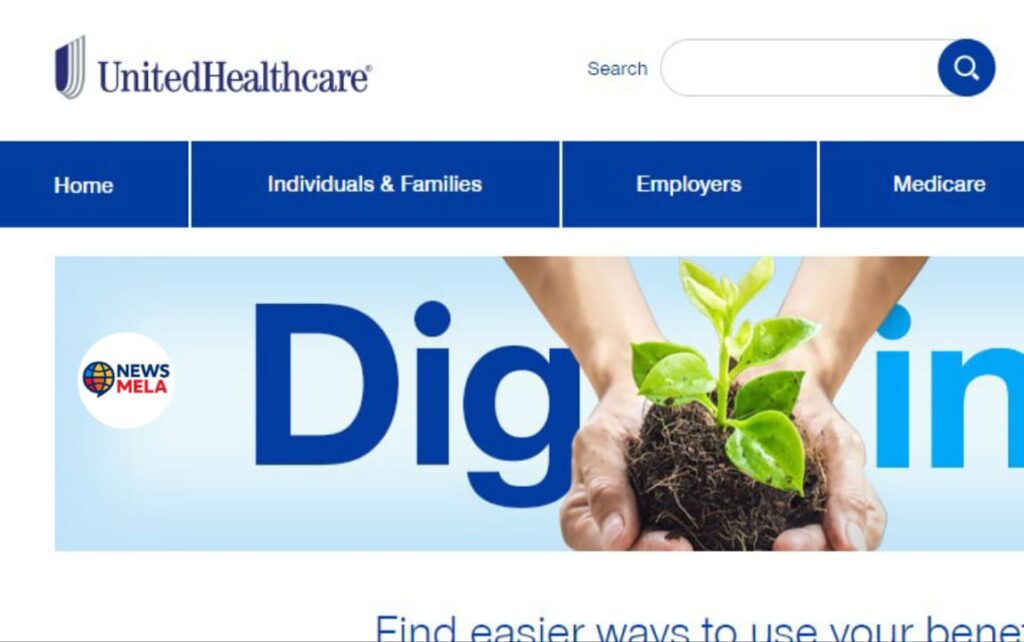Disability insurance in the USA is one of the most crucial yet often overlooked aspects of financial planning. While many people consider health insurance, life insurance, or retirement savings as priorities, the potential risk of losing the ability to work due to injury, illness, or disability can have an equally devastating impact on one’s financial security. Disability insurance is specifically designed to replace a portion of income if an individual becomes unable to work because of a medical condition. In the United States, where medical costs are high and the absence of steady income can quickly erode savings, disability insurance serves as a protective shield for individuals and families. Understanding how it works, its different types, and the policies available in the market is essential for making informed financial decisions.
Disability insurance is essentially income protection. When a person suffers an accident, injury, or illness that prevents them from working, this insurance ensures that they continue to receive a portion of their income during the recovery period or for as long as the disability lasts. Without this coverage, individuals risk losing not only their income but also their ability to pay for essentials like housing, groceries, and medical expenses. The importance of this insurance becomes evident when we consider statistics—according to the Social Security Administration, one in four 20-year-olds today will experience a disability before reaching retirement age. This statistic underlines the fact that disability is more common than many people assume, making disability insurance an essential part of financial planning in the USA.

There are two main types of disability insurance available in the USA: short-term disability insurance (STD) and long-term disability insurance (LTD). Short-term disability insurance typically provides income replacement for a few weeks up to six months, depending on the policy. It is designed for temporary disabilities such as recovering from surgery, pregnancy complications, or minor injuries. Employers often provide short-term disability coverage as part of employee benefits, although individual policies can also be purchased. Long-term disability insurance, on the other hand, covers a much more extended period, sometimes lasting until retirement age. It is meant for serious conditions such as cancer, stroke, severe injuries, or chronic illnesses that significantly impact the ability to work for years or even permanently. Together, these two forms of coverage ensure that individuals have financial protection regardless of whether a disability is temporary or long-term.
Employer-sponsored disability insurance is one of the most common ways Americans obtain this protection. Many large employers in the United States provide short-term disability coverage as part of employee benefits packages. Some also provide long-term disability coverage, though often the coverage amount may not be sufficient to fully replace an employee’s income. Typically, employer-provided disability insurance replaces about 40% to 60% of pre-disability income. Employees also have the option to purchase supplemental coverage to increase the payout percentage. For workers without employer-provided disability insurance, individual policies purchased directly from insurers are the primary option. While individual plans are often more expensive, they offer greater flexibility in terms of coverage amount, benefit period, and definitions of disability.
The definition of disability is a critical factor in disability insurance policies in the USA. Not all policies define disability the same way, and understanding the differences can significantly impact whether an individual qualifies for benefits. Some policies define disability as the inability to perform the duties of one’s “own occupation.” This means that if a person cannot continue working in their specific profession, even if they could potentially work in another field, they may still receive benefits. Other policies use the “any occupation” definition, which is stricter. Under this definition, benefits are paid only if the individual is unable to work in any job for which they are reasonably qualified based on education, training, or experience. Naturally, policies that cover “own occupation” disabilities tend to be more expensive but also provide stronger protection.

The elimination period, sometimes referred to as the waiting period, is another important aspect of disability insurance in the USA. This is the period of time between when a disability occurs and when benefits actually begin. For short-term disability insurance, elimination periods are usually just a few days to a couple of weeks. For long-term disability insurance, however, elimination periods can range from 30 days to 180 days or more. The length of this waiting period directly impacts the cost of the policy—shorter elimination periods mean higher premiums, while longer elimination periods result in lower premiums. Individuals need to carefully evaluate their emergency savings and financial stability before deciding on the elimination period for their disability insurance plan.
Benefit periods are equally important in determining the value of disability insurance policies. The benefit period is the maximum length of time that benefits will be paid. For short-term disability insurance, this typically ranges from three to six months. For long-term disability insurance, the benefit period may last two years, five years, or until retirement age. Naturally, policies with longer benefit periods are more expensive, but they provide greater financial security in the event of a long-term or permanent disability. Choosing the right benefit period requires evaluating factors such as age, profession, income, and long-term financial obligations.
Cost is a major consideration for disability insurance in the USA. Premiums depend on a range of factors, including the insured’s age, health condition, occupation, income level, benefit period, elimination period, and policy definition of disability. For example, individuals with physically demanding or high-risk jobs may face higher premiums than those in low-risk, office-based professions. Similarly, younger and healthier applicants often secure lower premium rates. On average, individual disability insurance policies cost between 1% to 3% of annual income. While this may seem expensive to some, the financial protection provided is invaluable compared to the risk of losing years of income due to disability.
Government programs in the USA also play a role in disability insurance coverage. The Social Security Disability Insurance (SSDI) program is the most well-known federal program that provides income replacement for disabled individuals. However, qualifying for SSDI is notoriously difficult, with strict eligibility requirements and lengthy application processes. Applicants must demonstrate that they have a severe, long-term disability that prevents them from performing any substantial gainful activity. Even then, approval rates are relatively low, and many applicants face months or years of waiting before receiving benefits. Another government-related program is Supplemental Security Income (SSI), which provides financial assistance to disabled individuals with limited income and resources. While helpful, these programs often provide only a modest income replacement, making private disability insurance a vital supplement.

One of the challenges in the USA is that many Americans remain uninsured or underinsured when it comes to disability coverage. Surveys consistently show that while most workers recognize the importance of disability insurance, fewer than half have sufficient coverage. Many people assume that disability is unlikely to affect them or that employer-provided benefits and government programs will be enough to sustain them. Unfortunately, when disability strikes, the financial consequences can be devastating. Lost income, combined with medical expenses and ongoing living costs, can quickly lead to debt, financial instability, and even bankruptcy. This makes raising awareness about the importance of disability insurance critical.
Another important dimension of disability insurance in the USA is the rise of supplemental and specialized coverage. Some insurance providers offer riders that can be added to a basic policy to customize coverage. Examples include cost-of-living adjustment riders, which increase benefits annually to keep pace with inflation, or residual disability riders, which provide partial benefits if the insured can still work but only at reduced capacity. These enhancements allow policyholders to tailor coverage to their unique needs. Additionally, certain professions such as physicians, dentists, and lawyers often purchase specialized disability insurance policies designed to match the income levels and specific risks of their careers. These policies may offer more generous benefits and stronger “own occupation” definitions.
The tax treatment of disability insurance is another factor that Americans must consider. If disability insurance premiums are paid with after-tax dollars (as with most individual policies), the benefits received are generally tax-free. However, if the premiums are paid with pre-tax dollars or by an employer, then the benefits are usually subject to income tax. This distinction significantly impacts how much actual income replacement a policy provides. Individuals should carefully evaluate whether their benefits will be taxable to ensure that they have adequate protection in the event of a disability.
Technology and innovation are also influencing the disability insurance market in the USA. With the rise of digital platforms, many insurers now allow applicants to purchase disability insurance online, compare quotes, and manage policies digitally. Insurtech companies are streamlining the underwriting process, making it faster and more convenient for consumers to obtain coverage. Some modern disability insurance providers also offer wellness programs, telemedicine support, and financial planning resources as part of their packages, reflecting the evolving needs of policyholders.
In conclusion, disability insurance in the USA is an indispensable component of financial security. It provides crucial protection against one of the greatest risks individuals face—the loss of income due to illness or injury. With options ranging from short-term to long-term coverage, employer-sponsored to individual plans, and government programs to specialized private policies, Americans have multiple avenues to secure income protection. However, the complexity of policy terms, definitions of disability, elimination periods, and benefit periods requires careful evaluation before purchase. The financial consequences of being uninsured or underinsured can be severe, making it essential for individuals and families to prioritize disability insurance alongside other forms of financial planning. As medical costs rise and economic uncertainties persist, disability insurance stands as a vital safeguard that ensures stability, dignity, and security in the face of life’s unexpected challenges.






Leave a Reply